site search
online catalog
UNTOUCHED IDENTIFIED MODEL 1842 MUSKET – THOMAS NEANY, 178TH NEW YORK INFANTRY

Hover to zoom

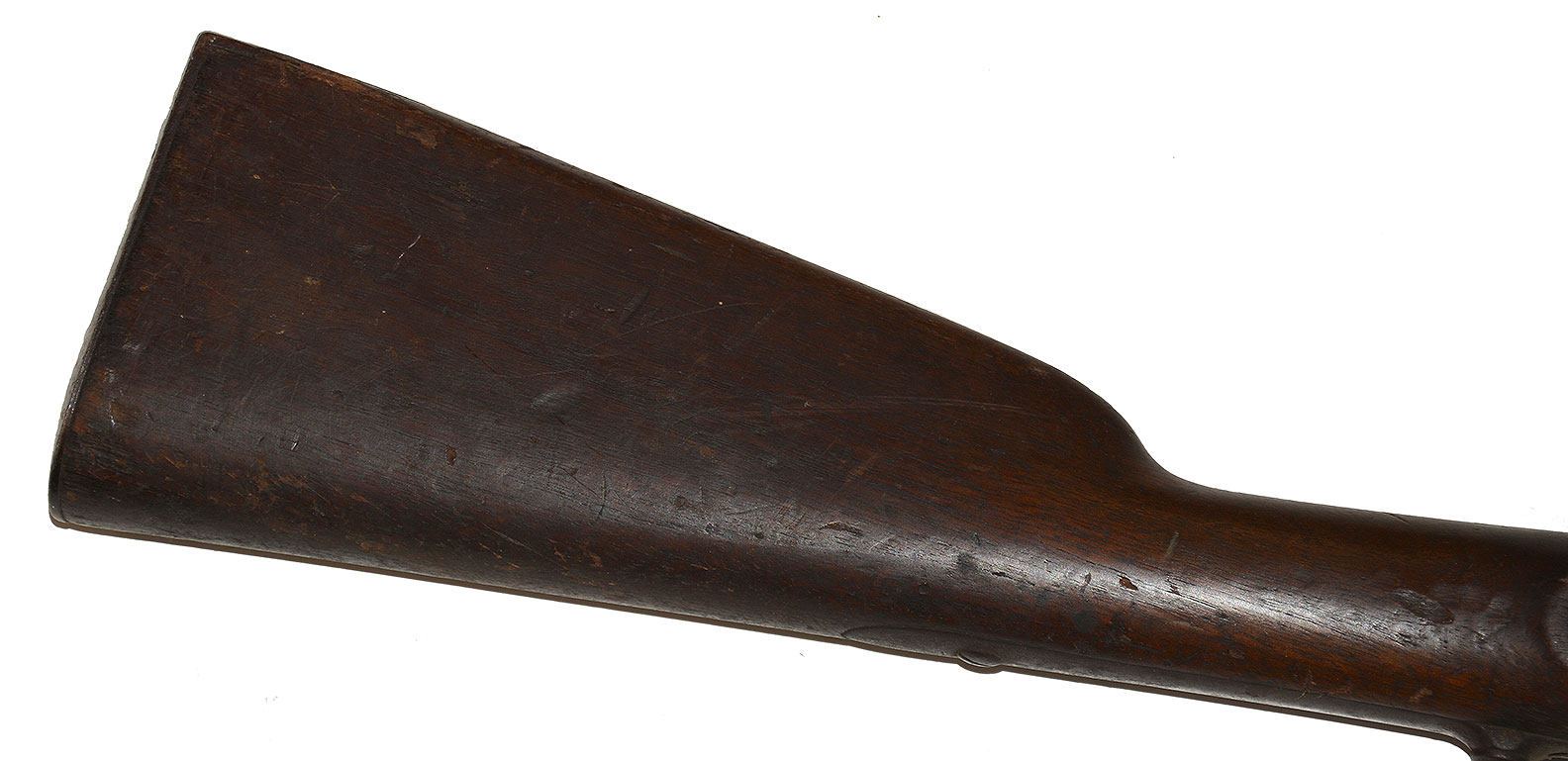


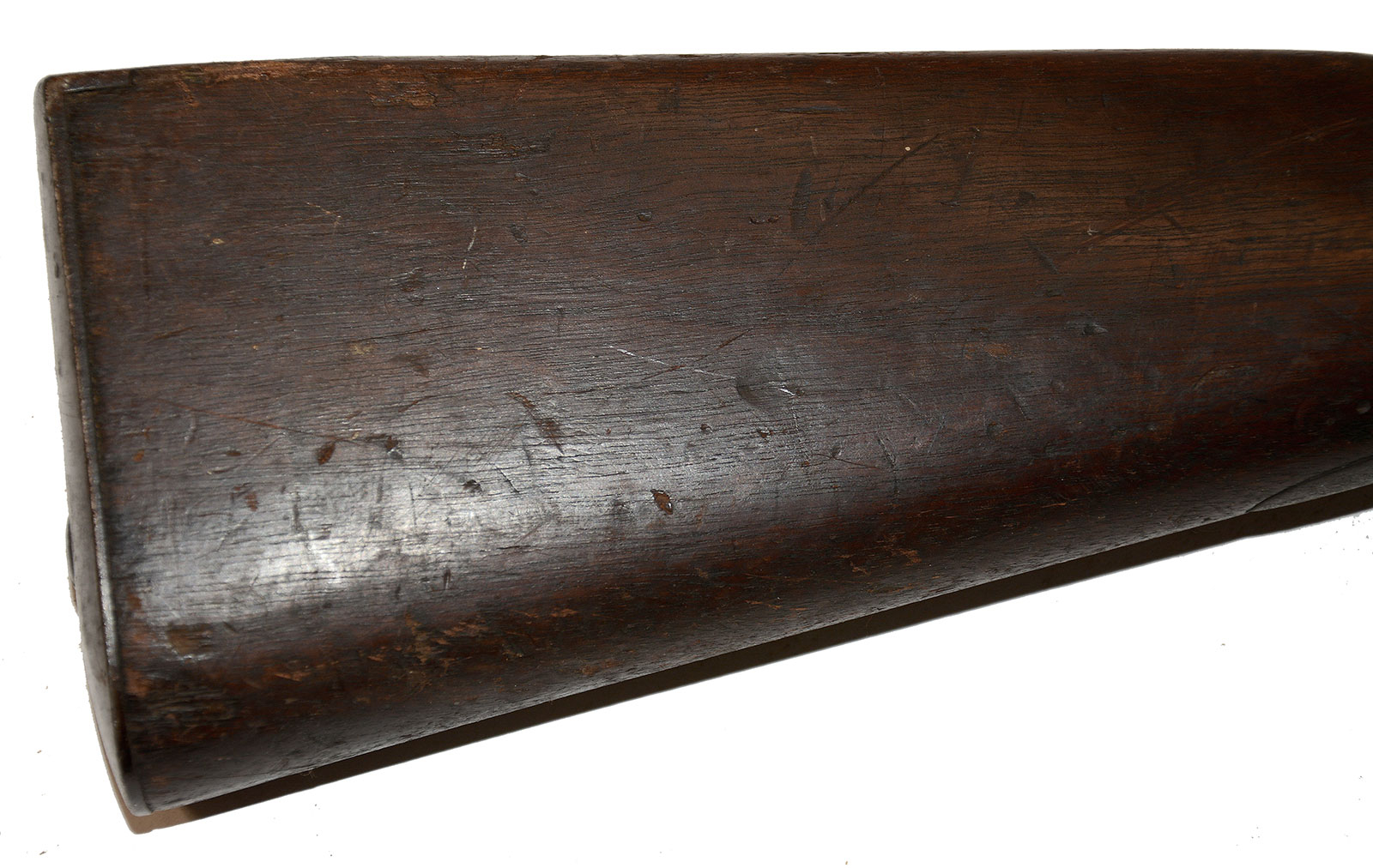
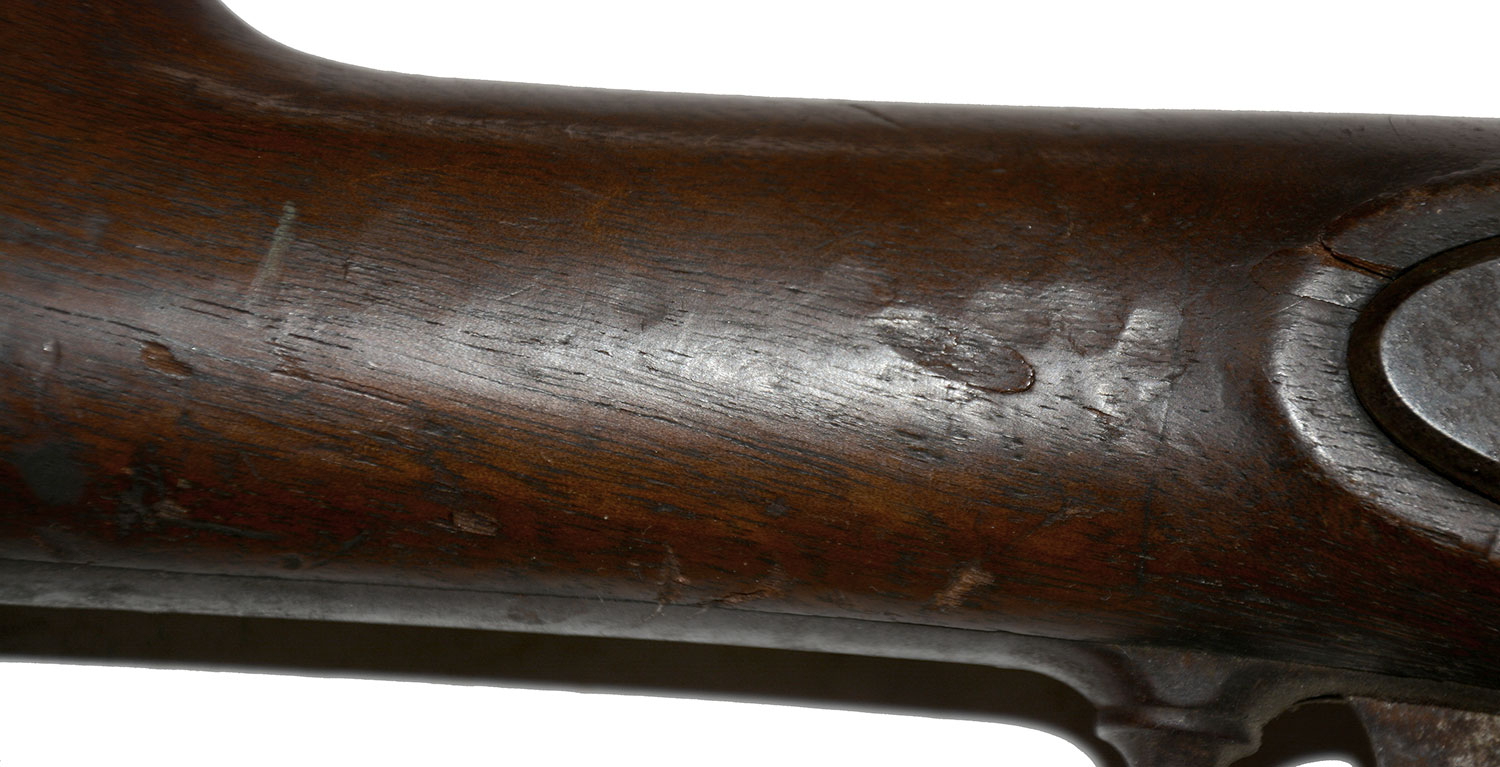
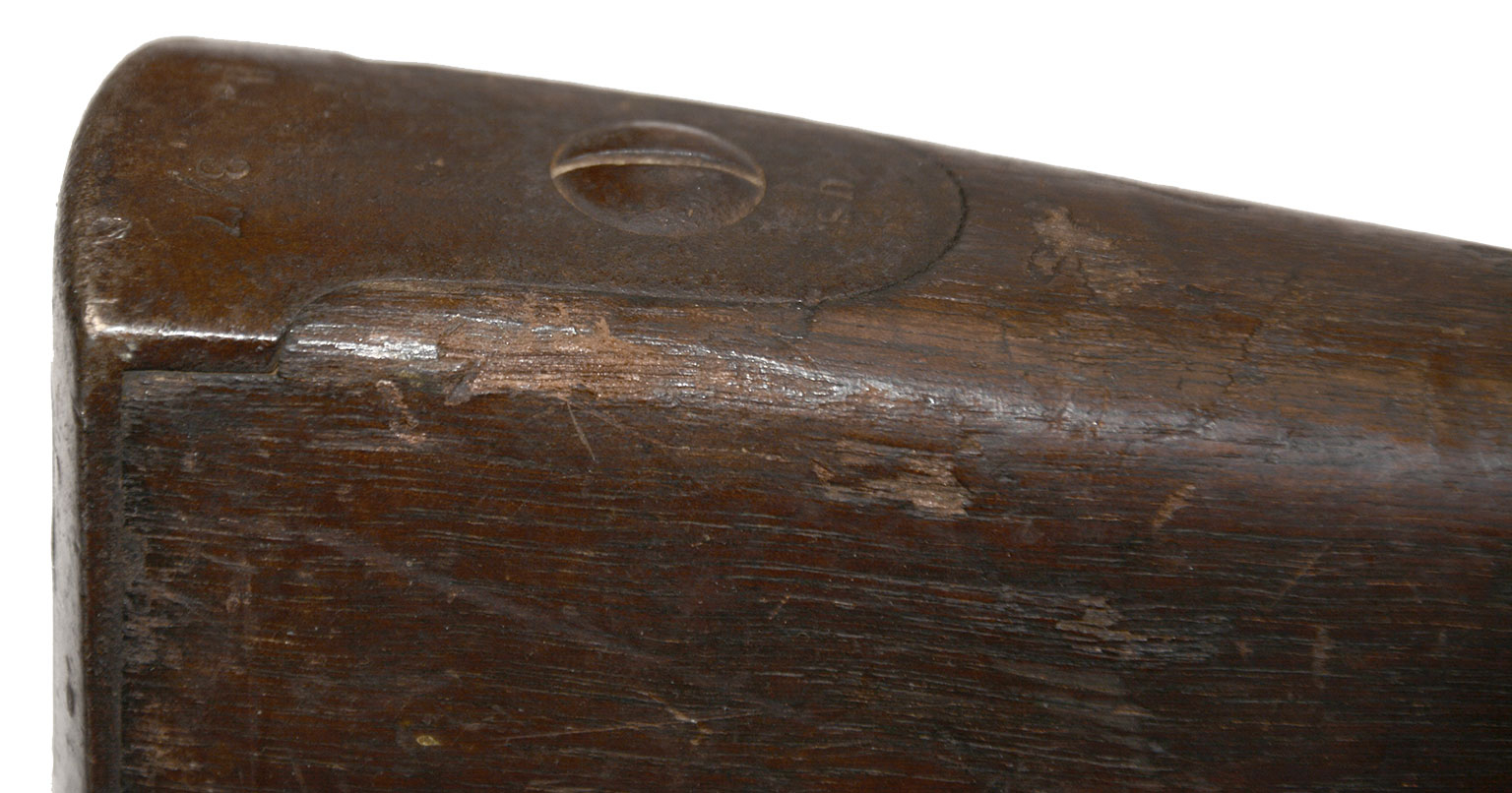
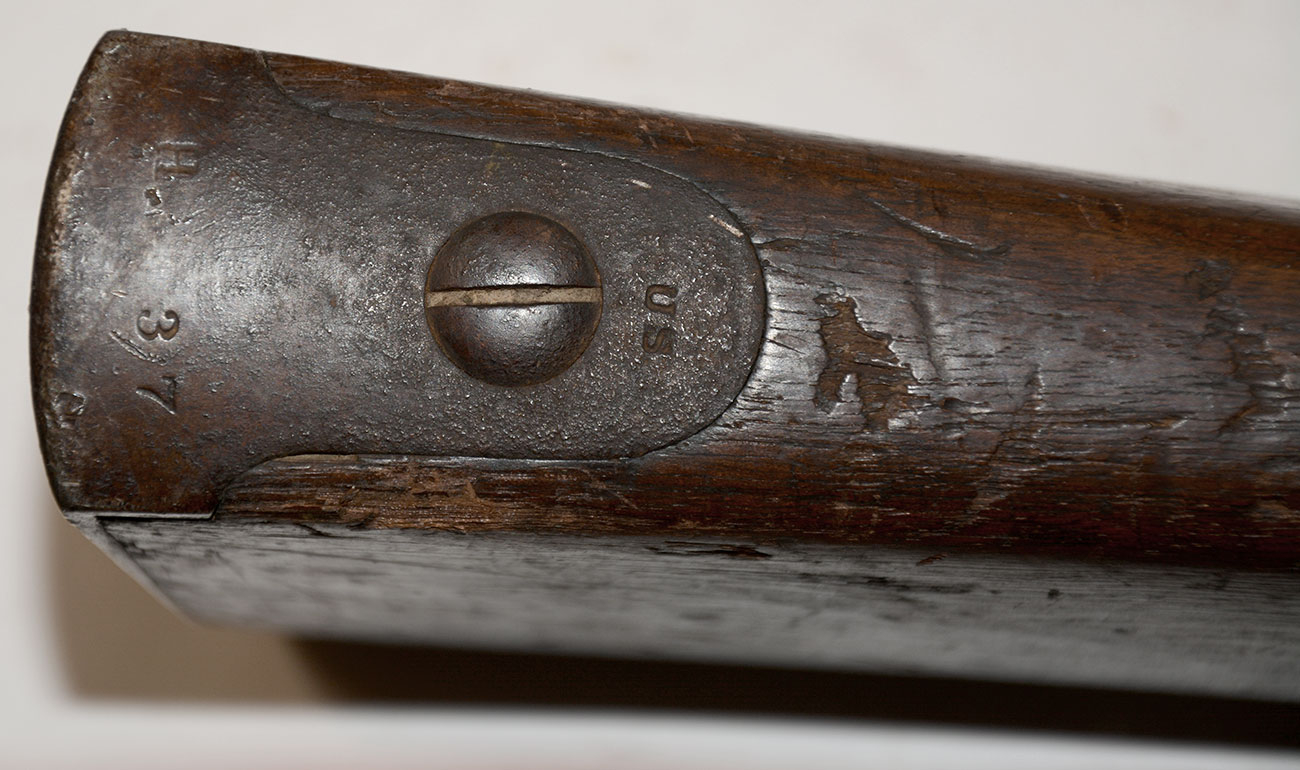
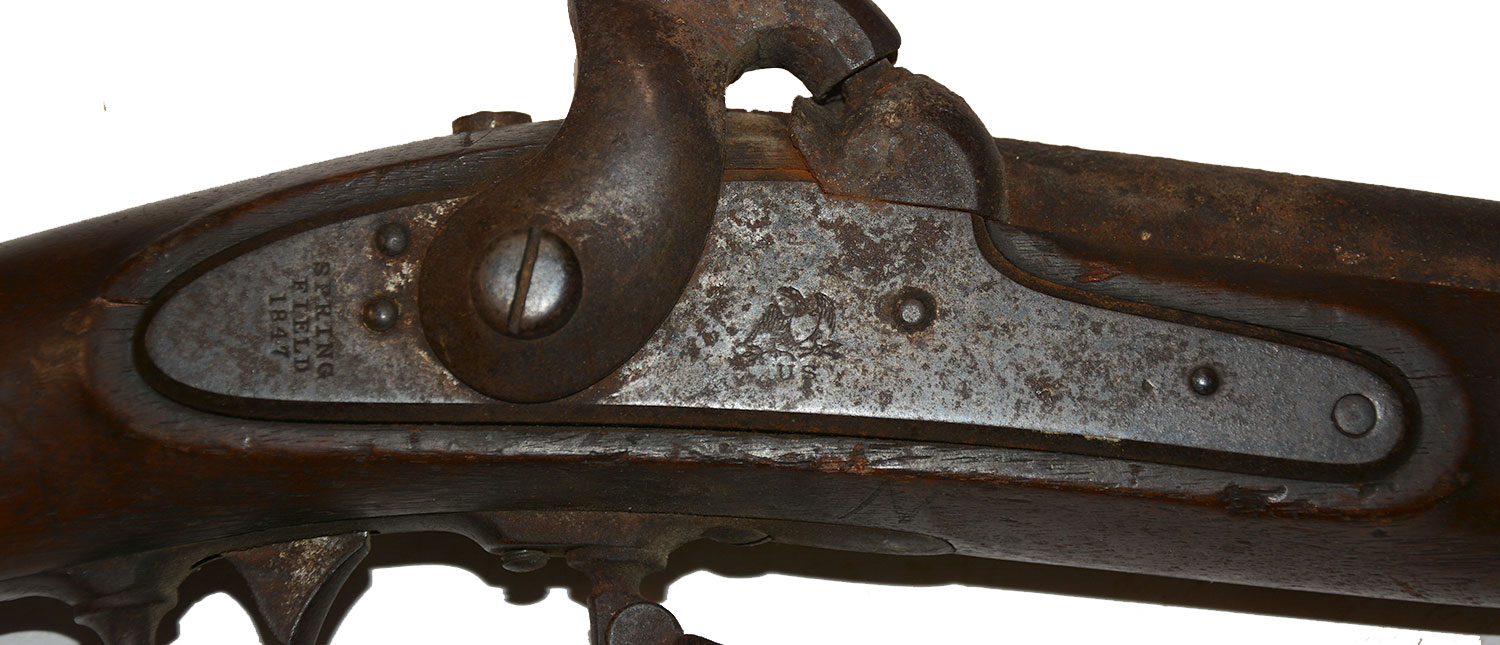
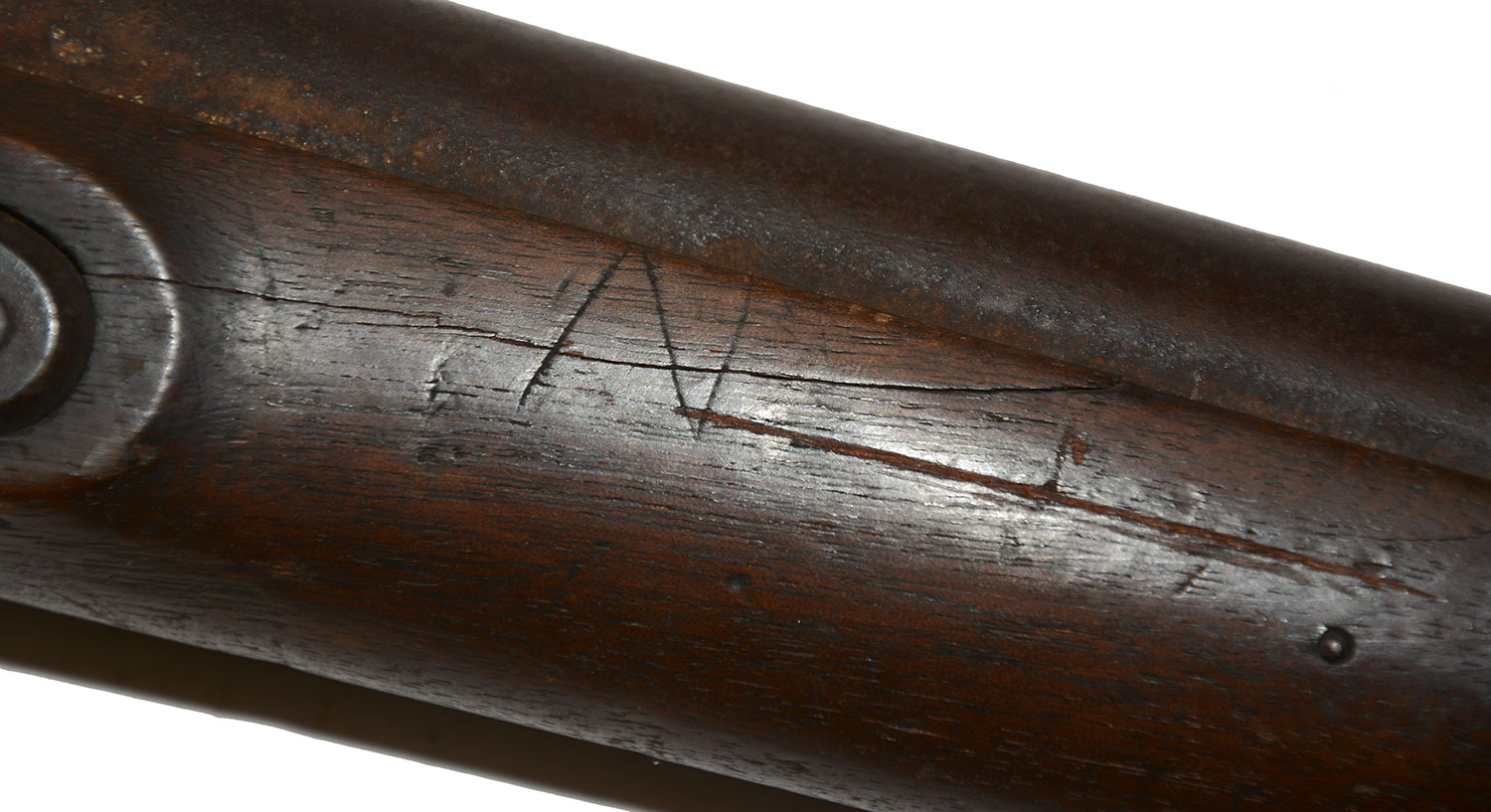

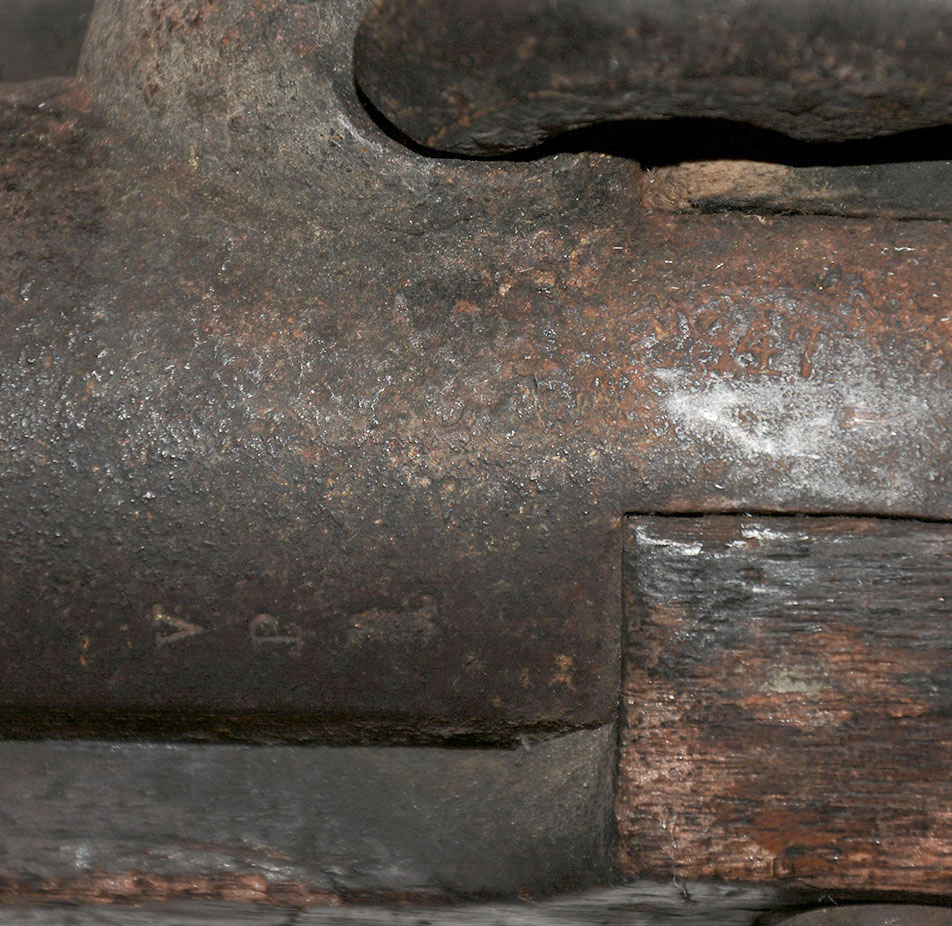
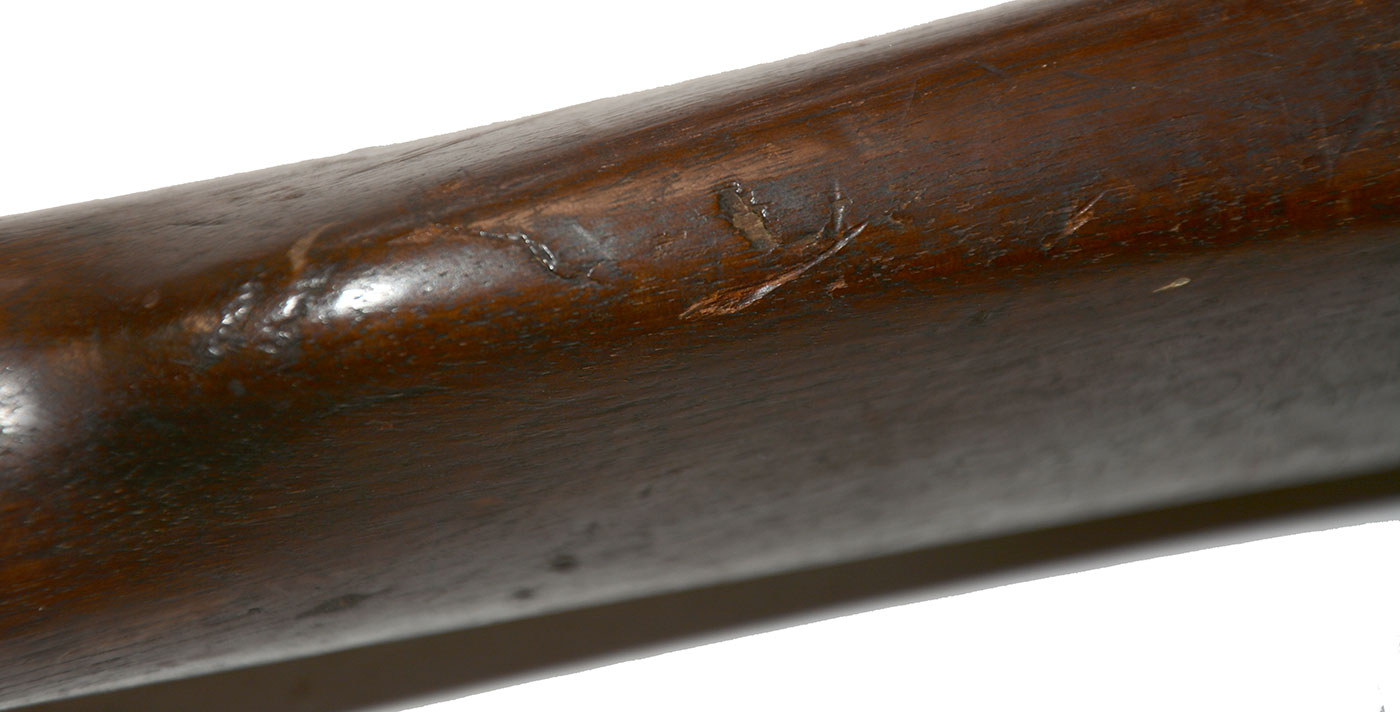

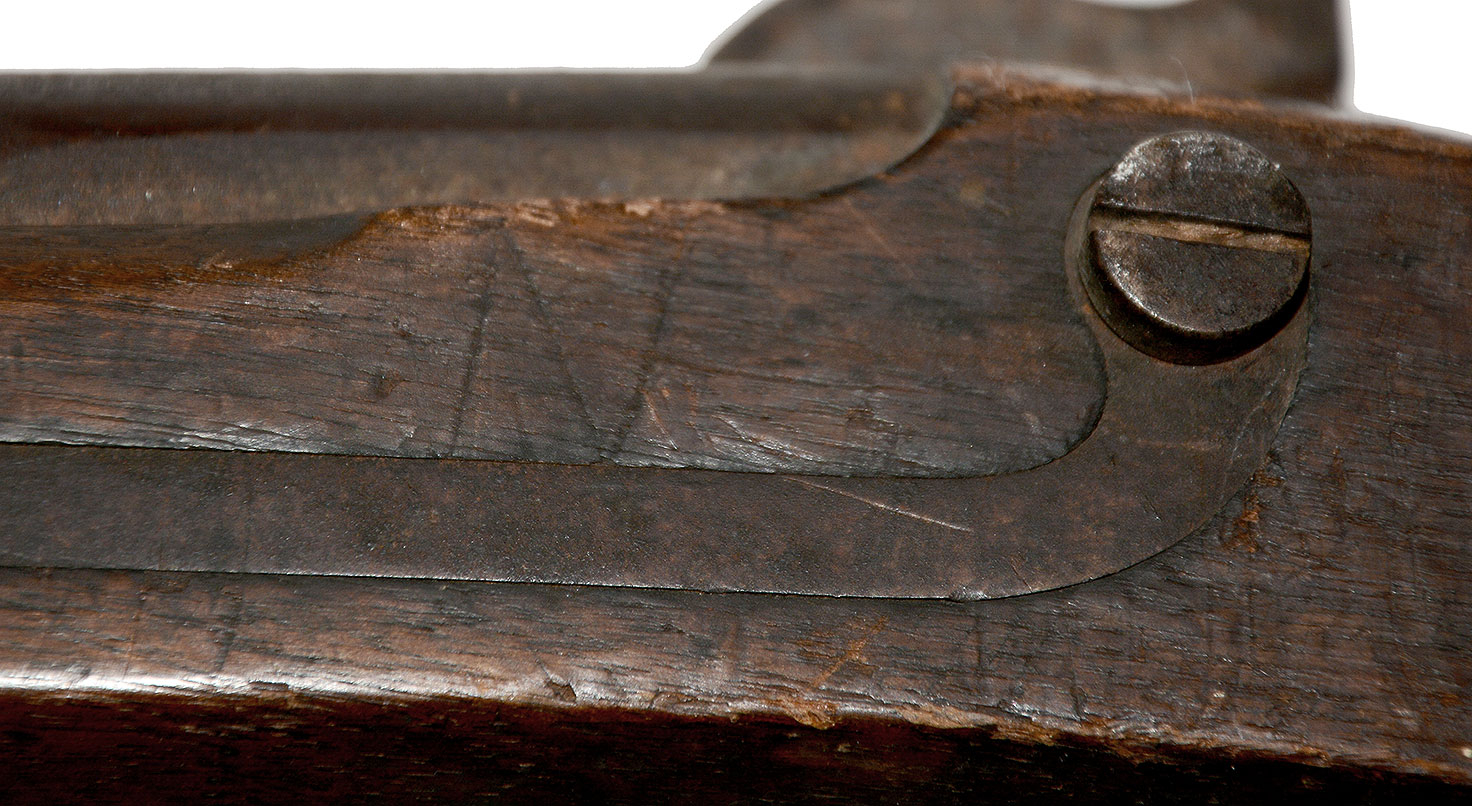
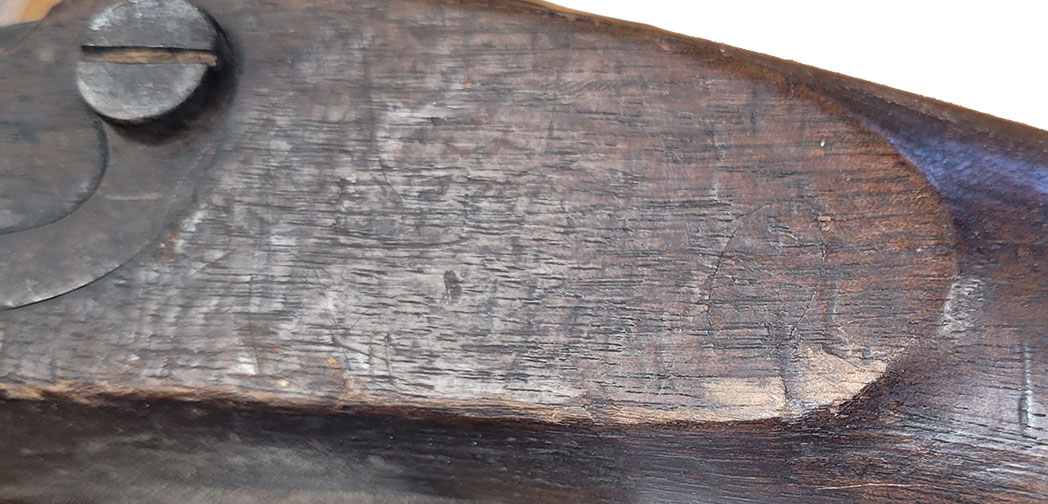
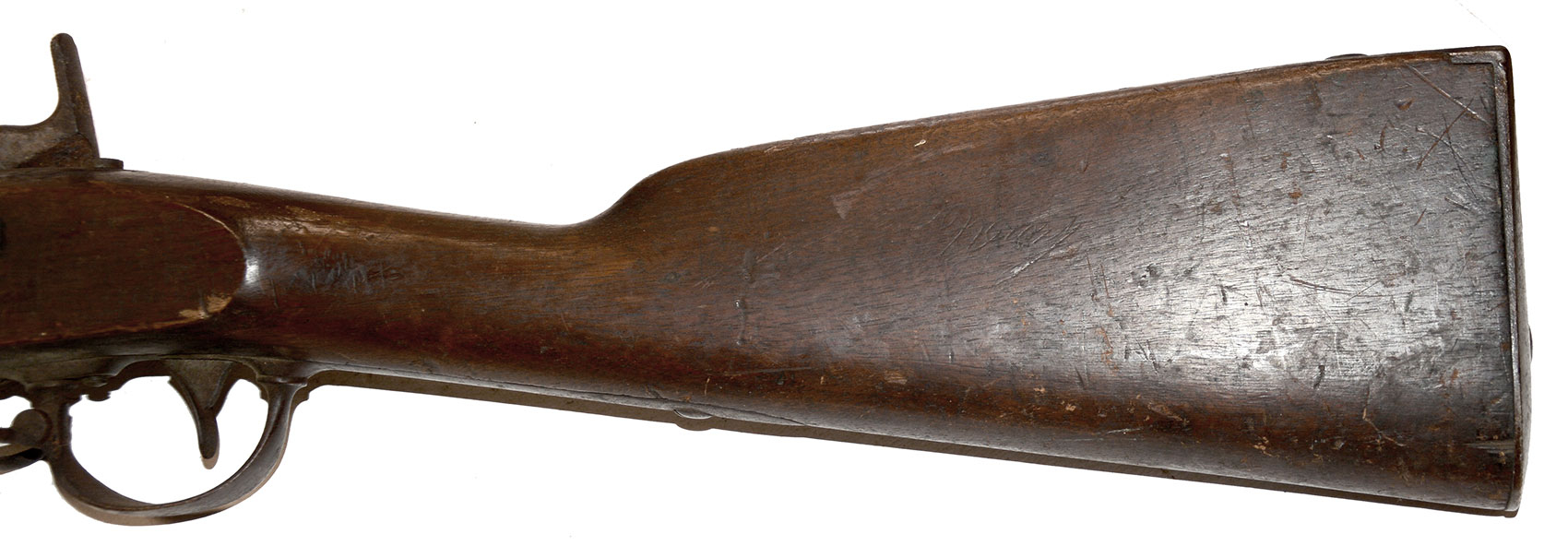
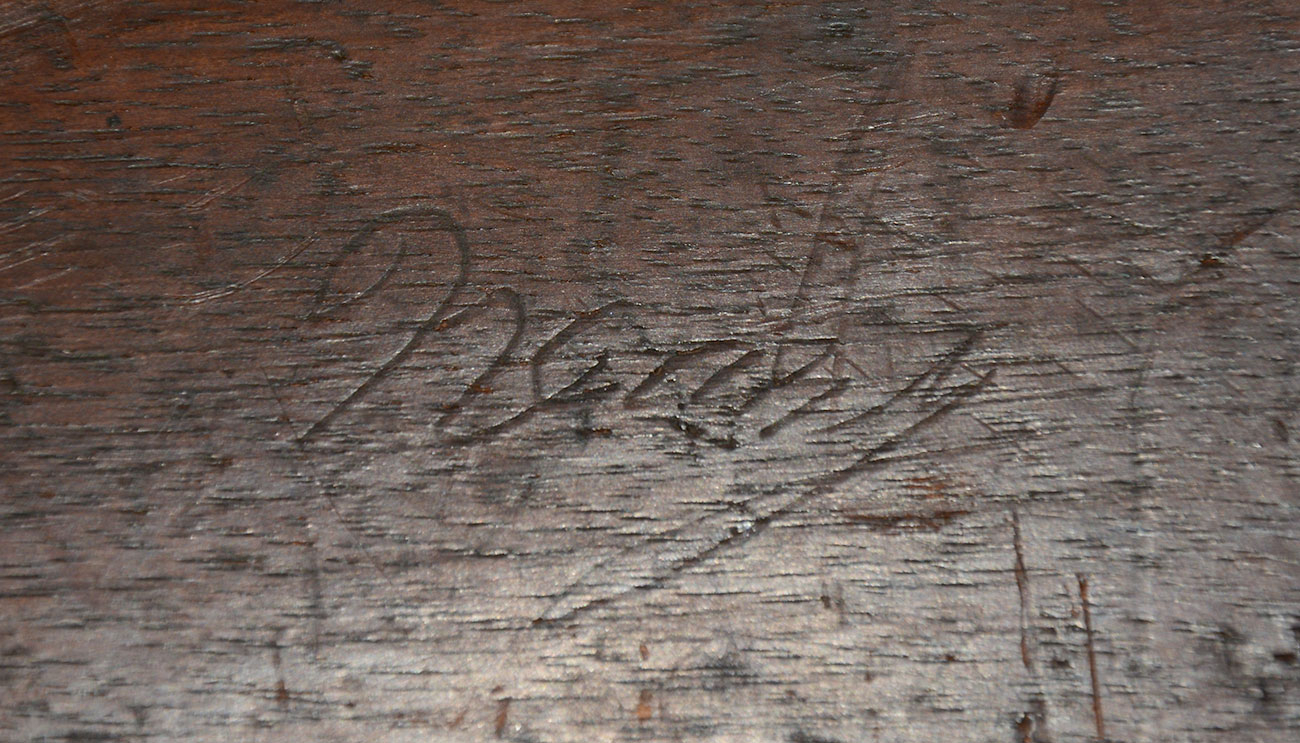


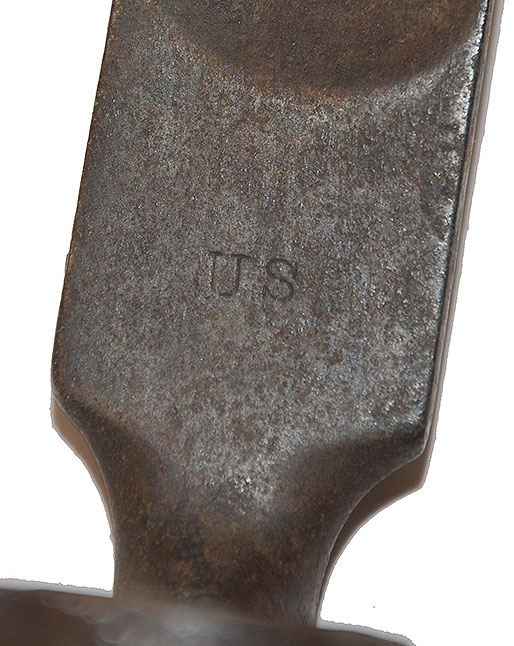

$1,495.00
Quantity Available: 1
Item Code: 2025-2139
Shipping: Determined by Method & Location of buyer
To Order:
Call 717-334-0347,
Fax 717-334-5016, or E-mail
The US Model 1842 was the first general issue US military long arm to utilize the percussion ignition system and was also the first general issue arm to be manufactured on the principle of fully interchangeable parts at both US arsenals. Additionally, the Model 1842 also had the distinction of being the last general issue .69 caliber smoothbore weapon to be manufactured and issued to the US military. The US Model 1842 musket saw significant use during the American Civil War, and as late at the summer of 1864 a significant number (at least 25,000) were still in the field with US forces. A similar (or possibly larger number) were almost certainly still in service with the Confederacy as well. As late as the spring of 1864, the US Ordnance Department was still attempting to obtain the necessary parts to keep the Model 1842 muskets that were in the field in serviceable condition. And the Confederate arms student is well aware of the number or re-arsenaled" Alphabet guns" or what this compiler calls "C. C. C. R. & R" (Captured. Collected. Cleaned. Repaired. & Re-issued) guns that have come to light upon which the recovery and re-working was performed as late as 1865, This is based on the initials of inspectors like "Z" or "&" (Ampersand was considered by many in Victorian days as the 27th letter of the alphabet). And the ones I am referencing are large bore, smooth bore arms ranging in caliber from .69 to .72 both foreign and domestic.
This Model 1842 musket was made in Springfield Mass. and is totally untouched and uncleaned; it is in "attic" condition. The gun bears the date 1847 on the lock and on the barrel’s, breech plug tang. The musket is clearly and crisply marked in three vertical lines behind the hammer, "SPRING" over "FIELD" over "1847". "US" under the eagle is marked on the lock, forward of the hammer. The lock is mechanically perfect, and it functions on all positions. The barrel is smooth bore 42 1/2 inches long and is clearly stamped with "VP" (Viewed and Proved) and the ubiquitous eagle head on the left breech. The barrel, like all the metal components, has a deep brown unmolested patina. There is also surface rusting here and there because this weapon is truly untouched and uncleaned. The bore shows some scattered oxidation and some very minor pinpricking but is free of any real pitting. The tang of the butt plate is marked with usual "US" as well as "H" and "37". The musket retains both of the original sling swivels, as well as its original trumpet head ramrod. The ramrod is full-length and has complete threads on the end. The original brass blade front sight is in place on the forward strap of the upper barrel band as well, and the original socket bayonet stud is in place under the barrel near the muzzle. The stock of the musket is in fine condition. The stock is crisp and retains sharp edges and lines throughout. The stock is full-length and solid with a couple of minor hairline cracks. The stock shows bumps, mars and dings from field use. The stock flat, opposite the lock, is marked with a single script oval cartouche. These initials, hard to see, are "JS", the mark of Springfield Armory sub-inspector James Stillman. The correct Model 1842 bayonet comes with this musket it has the identical patina that the musket has because it has been with it forever. It is stamped "US" and lacks the locking ring.
THE IDENTITY: Neatly scratched in period script on the left butt stock is the surname: "NEANY" this is Thomas Neany of the 178th New York Volunteer Infantry. Born in Liverpool England, he enlisted in 1863 and was discharged in 1866. His fortunes were those of the 178th New York's which are as follows: The One Hundred and Seventy-eighth Infantry. -Col., Edward Wehler; Lieut.-Cols., Charles F. Smith, John B. Gandolfo, Majs., Selden Hetzel, Augustus B. Sage. The organization of this regiment was begun at Staten Island on June 20, 1863, by the consolidation of the Blair Rifles, Pratt Guards, Seymour Light Infantry, Burnside Rifles, Westchester Light Infantry and Defenders. Its organization was completed on Oct. 14, 1863, by the assignment to it of the men enlisted for the 7th, 8th and 31st veteran N. Y. infantry, all of which were then reorganizing. Co. A was recruited at Rochester, Buffalo, Niagara and Kingston, and the remaining companies in New York city. The regiment was mustered into the U. S. service by companies, between June 18 and Oct. 17, 1863, for three years. It left the state by detachments from June 21 to Oct. 24, proceeding to Washington, D. C., where it served as provost guard for several months. On Oct. 31, 1863, it was ordered to Mississippi and stationed at Eastport, in the vicinity of Corinth. It was placed in Mower's division of the 16th corps; it was engaged at Camden, Jackson, and on Sherman's Meridian expedition. Attached to the 3d brigade (Col. Risdon M. Moore), Mower's division, detachment of the 16th corps, it moved with Banks' expedition up the Red River, taking part in engagements at Fort De Russy, Pleasant Hill, Campti, Cloutierville, Moore's plantation, Bayou Rapides, Mansura and Simsport.
The regiment under command of Col. Wehler was warmly engaged at Pleasant Hill, where it recaptured a battery in a spirited charge and drove the enemy in confusion. Its loss in this battle amounted to 31 killed, wounded and missing. When the detachment of the 16th corps consisting of Mower's and A. J. Smith's divisions were "loaned" by Gen. Sherman to Gen. Banks during the Red River campaign, it was understood they would soon return. The Red River campaign proved so disastrous, however, that their return was delayed and they were unable to join in Sherman's Atlanta campaign.
Consequently the 178th remained with the detachment of the 16th corps under A. J. Smith in the Mississippi valley. On the conclusion of the Red River campaign, the regiment took part in the following engagements during the rest of the year 1864: Lake Chicot, Ark.; Colliersville, and La Grange, Tenn.; Ripley, Tupelo, Old Town creek and Hurricane creek, Miss.; Lexington, Independence, and Glasgow, Mo.; and Nashville, Tenn. In the 3d brigade, Garrard's division, 16th corps, it proceeded to Mobile in the spring of 1865, participating in the siege of that city, and the fighting at the fall of Fort Blakely. The regiment was consolidated into a battalion of five companies at Eastport, Miss., in Feb. 1865, and continued in service a year longer, being finally mustered out on April 20, 1866, at Montgomery, Ala., under command of Lieut.-Col. Gandolfo. During its term of service, the 178th lost by death 18 men killed and mortally wounded; by disease and other causes 2 officers and 190 enlisted men, a total of 210, of whom 35 died in the hands of the enemy. Its long service in the South accounts for its large disease mortality. The iron butt plate of the musket stamped "H. 37" puts Neany in Company H the 37th man. Neany has also scratched "N" in a couple of places on the stock.
If you want an identified weapon "untouched by human hands" and that has not had a screwdriver put to it since the Civil War, then this is for you. [pe][ph:L]
DISCLAIMER: All firearms are sold as collector's items only - we do not accept responsibility as to the shooting safety or reliability of any antique firearm. All firearms are described as accurately as possible, given the restraints of a catalog listing length. We want satisfied customers & often "under" describe the weapons. Any city or state regulations regarding owning antique firearms are the responsibility of the purchaser. All firearms are "mechanically perfect" unless noted, but again, are NOT warranted as safe to fire!
~~~~~~~~~~~~~~~~~~~~~~~~~~~~~~~~~~~
THIS ITEM, AS WITH ALL OTHER ITEMS AVAILABLE ON OUR WEB SITE,
MAY BE PURCHASED THROUGH OUR LAYAWAY PROGRAM.
CLICK HERE FOR OUR POLICIES AND TERMS.
THANK YOU!
Inquire About UNTOUCHED IDENTIFIED MODEL 1842 MUSKET – THOMAS NEANY, 178TH NEW YORK INFANTRY
Most Popular
Historical Firearms Stolen From The National Civil War Museum In Harrisburg, Pa »
Theft From Gravesite Of Gen. John Reynolds »
Selection Of Unframed Prints By Don Troiani »
Fine Condition Brass Infantry Bugle Insignia »
featured item
EXTREMELY SCARCE NEW HAMPHIRE OFFICER’S FALSE EMBROIDERED HAT INSIGNIA
Regular army officers had been authorized a silver “U.S.” within a gold bullion wreath for wear on their undress caps in 1839. This was carried over in the 1851 regulations for use on the 1851 shako, but was embroidered directly on the blue band… (2020-912). Learn More »


